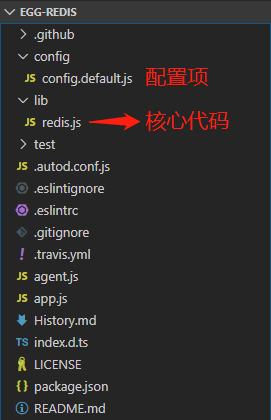Traversal
Problem 102 107
Given a binary tree, return the level order traversal of its nodes’ values. (ie, from left to right, level by level).
For example:
Given binary tree [3,9,20,null,null,15,7],
1 | 3 |
return its level order traversal as:
1 | [ |
Solution
key:
- 层序遍历
- 递归
在Java中可以先定义一个List保存结果,List里面再嵌入ArrayList来记录每一层的数据
List<List
> res = new ArrayList<>(); res.add(new ArrayList<>());
将递归中的root节点追加进入res.get(level)的数组中
res.get(level).add(root.val);
通过递归完成算法
travelsal(root.left,level+1);
travelsal(root.right,level+1);
1 | /** |
接下来是107,是102的变种,改成了叶节点开始遍历
difficulty:Easy
Given a binary tree, return the bottom-up level order traversal of its nodes’ values. (ie, from left to right, level by level from leaf to root).
For example:
Given binary tree [3,9,20,null,null,15,7],
1 | 3 |
return its bottom-up level order traversal as:
1 | [ |
key
题目本身没有设置太多的难度,我们只需要将level实现数组的内层数组的倒序就可以了
res.get(level).add(root.val);
change this code to
res.get(res.size()-i-1).add(root.val);
原本判断新增数组的语句变成在第0个位置新增一个数组
if(i >= res.size()){
res.add(0,new ArrayList());
}
